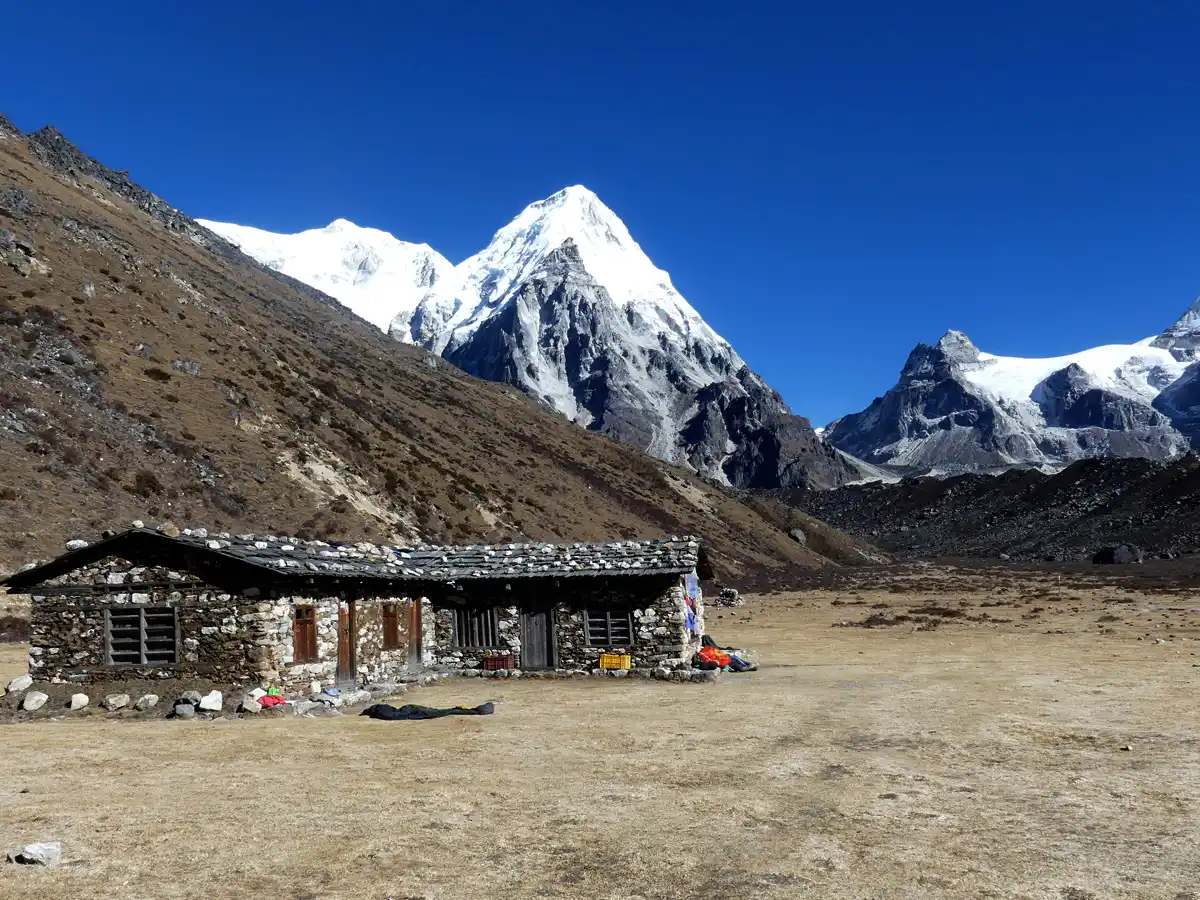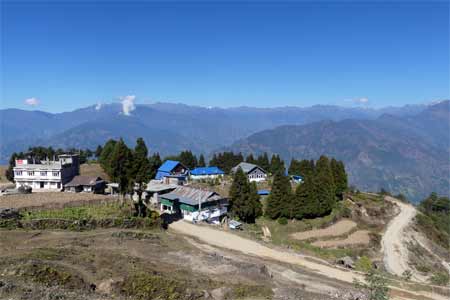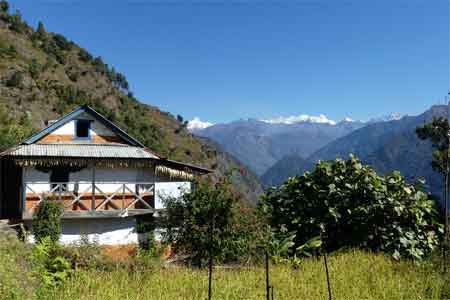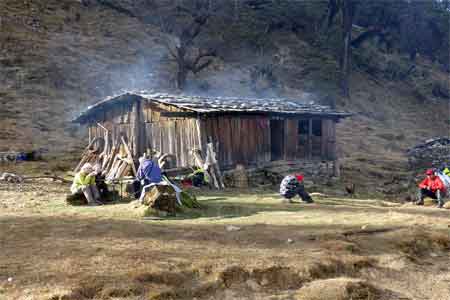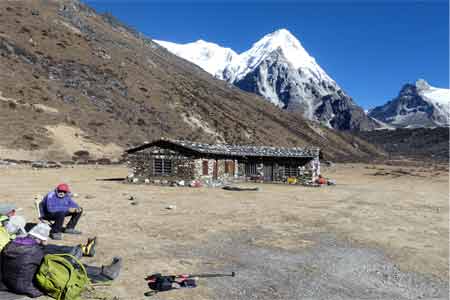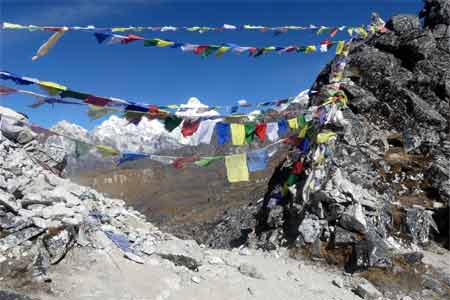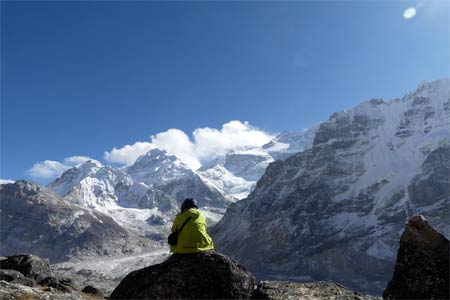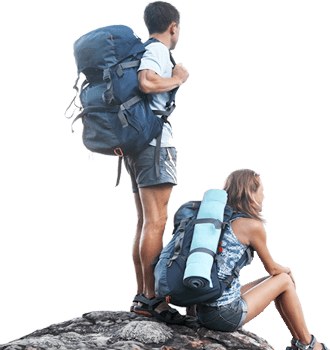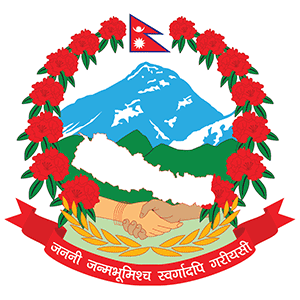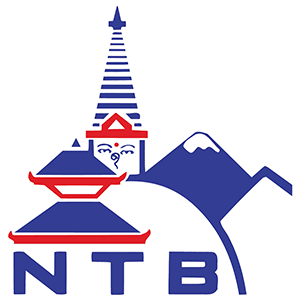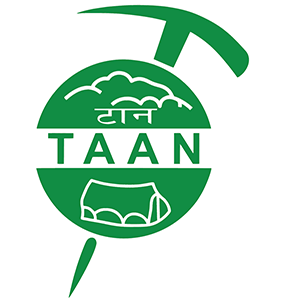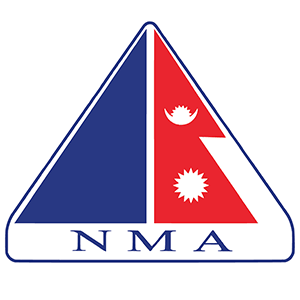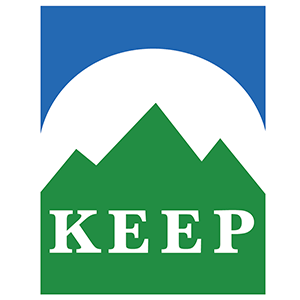Kangchenjunga Circuit Trek
The Kanchenjunga Circuit Trek, also referred to as the Kanchenjunga Base Camp Trek or the Kanchenjunga Trek, is a strenuous trek that takes trekkers through Nepal's Kanchenjunga massif, where Mount Kanchenjunga dominates. The trek takes you through a variety of landscapes, such as dense subtropical forests, wildflower meadows, and jagged peaks, throughout the journey. During the trek, trekkers will have the opportunity to immerse themselves in the culture of the Limbu people, who will greet them with warm smiles and traditions. It is a humbling experience to reach the North and South Base Camps of Kanchenjunga, which is the destination that represents the highest point of the trek. It is necessary to have a high level of physical strength to complete the trek because of the high altitude and the difficult terrain, but the rewards are significant.
The Kanchenjunga Circuit Trek is a thrilling adventure set in Nepal's remote and unspoiled far east. It includes the breathtaking Mt. Kanchenjunga, the world's third-highest peak. This trek begins in the low valleys of eastern Nepal and takes you through a diverse range of landscapes and cultures. You will pass through picturesque farmlands and charming villages, as well as rivers that eventually join the Tamur River and flow into the Arun River beneath Mulghat. The magnificent Pangpema, Kanchenjunga's base camp, and its surrounding peaks will enchant you along the way. The trek offers close-up views of Kanchenjunga's breathtaking north face as well as close encounters with glaciers, making it an unforgettable experience.
The Kanchenjunga region has maintained a steadfast commitment to preserving its vibrant traditional culture ever since it was opened as a tourist destination in 1988. This, in turn, has provided an opportunity for cultural immersion that has never been seen before. This trek, which is one of the longer options, entices adventurers with the promise of more days to explore the breathtaking vistas of eastern Nepal's majestic mountain ranges. Experience a journey that will leave you with a tapestry of memories that will last a lifetime. This journey will take you to a place where time seems to stand still, where ancient traditions and rituals are intertwined with the breathtaking beauty of the Himalayas.
Kanchenjunga Trek is set in breathtaking scenery, with a variety of majestic glaciers to captivate the senses. To the north are the towering giants of Nupchu, Lhonak, Chichima, Gimsung, Pyramid, Kanchenjunga, and Ramtang, whose ice beauty inspires awe and reverence. To the west and south, the majestic Kumbhakarna (Jannu), Yamatari, and Yalung glaciers rise from the horizon, their icy tongues telling stories of ancient fortitude. The Kanchenjunga area has evolved into more than just a geographical expanse; it represents a historical lifeline, once a bustling trade artery linking the bustling hill town of Darjeeling in India to the lofty reaches of Tipta La in Tibet, weaving a tapestry of cultural exchange and economic vitality through the rugged terrain.
The Kanchenjunga Circuit Trek is an incredible journey that allows trekkers to experience the Himalayas' pristine beauty. As you progress through the difficult terrain, each step reveals breathtaking views of towering peaks, cascading waterfalls, and verdant forests teeming with wildlife. Aside from the natural beauty, the walk offers cultural opportunities in remote mountain towns where old traditions coexist with breathtaking scenery. In the quiet of the Himalayan wilderness, the overwhelming presence of the Kanchenjunga massif and its sweeping glaciers commands respect, serving as a reminder of nature's unparalleled beauty.

